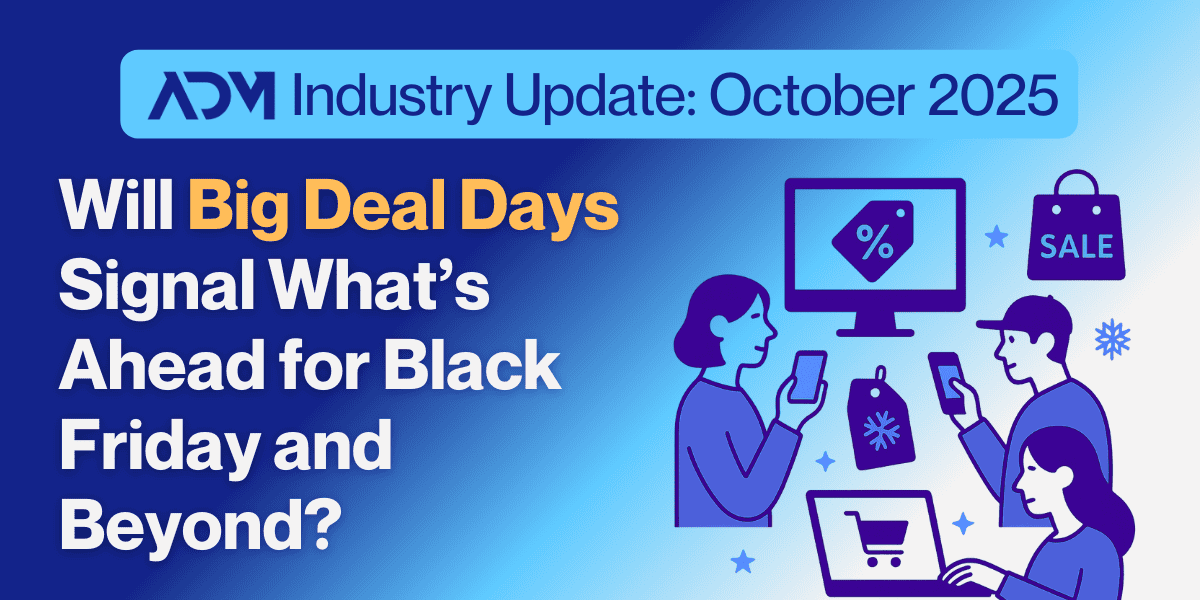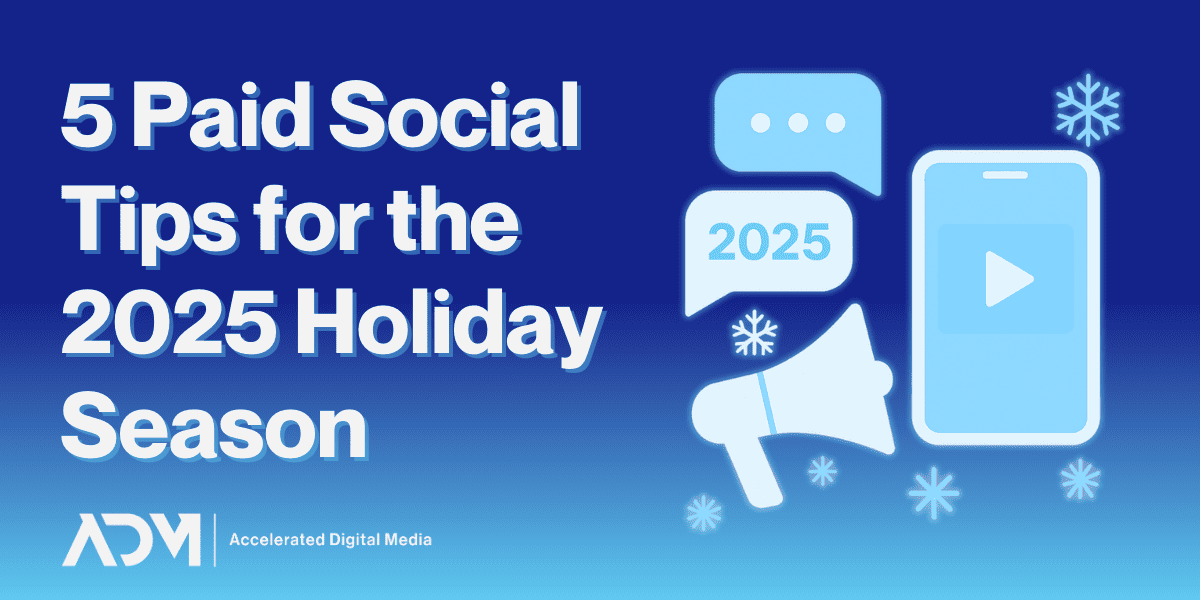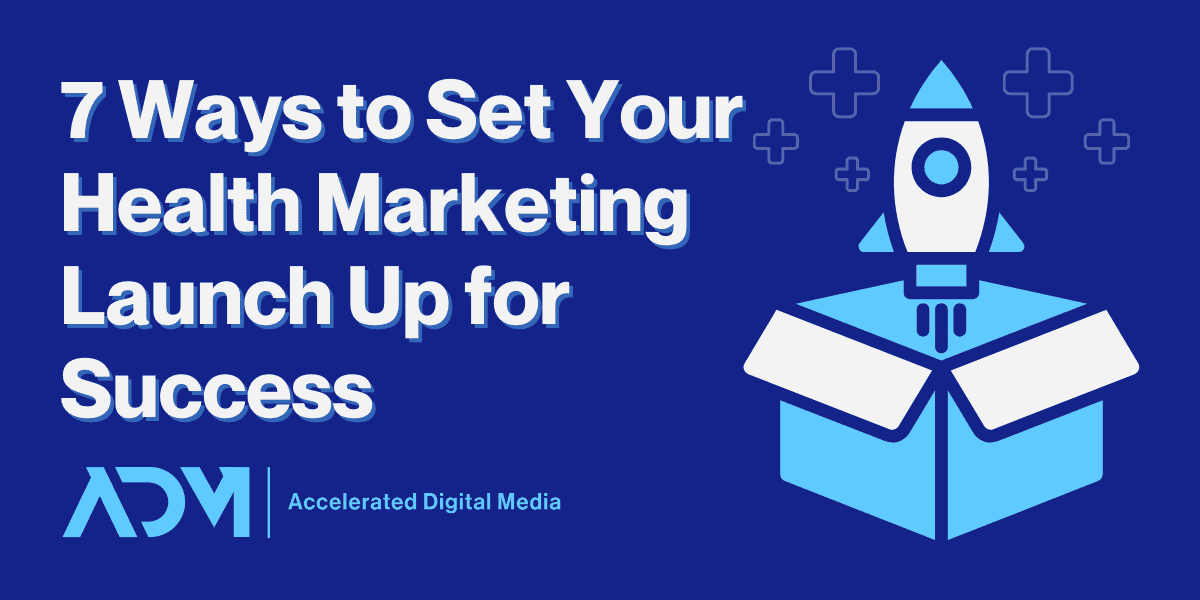Amazon’s Big Deal Days Sets the Stage—Black Friday and Cyber Monday Set the Pace
According to PwC’s 2025 holiday outlook, U.S. consumers are expected to spend slightly less this season—around $1,552 per person, down 5% from 2024. But that dip doesn’t necessarily signal a pullback in enthusiasm. PwC also found that shoppers remain committed to preserving holiday traditions like traveling, but they’re going to be approaching gifting (and thus holiday shopping) with more scrutiny and strategy.
Consumers across all age groups are weighing value earlier in the season, adjusting how they research, and shifting where they buy. For example, Gen Z’s expected holiday spend is down 22% YoY, with nearly a quarter planning to shop early to avoid tariff-driven price hikes. All of this is to say that consumers still intend to spend—but only where value is clear and well-timed.
Early this month, brands will get a preview of what that really means. As the biggest retailer in the world, Amazon serves as an interesting bellwether for consumer spending habits. We focused a lot on Prime Day in the past for that very reason, and the online giant’s “Big Deal Days” on October 7th and 8th may serve as Q4’s new unofficial kickoff. This event could give us a means to gather early reads on creative, intent, and sales behavior. But the so-called Cyber 5 (the stretch that includes Thanksgiving, Black Friday, and Cyber Monday) is still the period that defines the season. And while spending habits are shifting, brands shouldn’t interpret strategic buying behavior as a reason to panic.
From Early Signals to Peak Season
Amazon’s latest sales event is best understood as a testing ground. It provides a look at how consumers weigh tradeoffs: whether urgency is sparked by discounts, how bundle offers resonate, or which creative styles drive clicks. But these insights don’t reach their full value until Cyber 5, when intent peaks and shopping windows shorten.
The brands that succeed aren’t the ones that treat Big Deal Days as an isolated spike. They’re the ones that use October performance as a pulse check, refine their approach, and enter Cyber 5 with validated creative and sharpened offers. In practice, that means October isn’t just about early sales—it’s about pressure-testing strategy when the stakes are lower.
Shoppers Are Spending Smarter
A modest decline in per-person spend doesn’t mean demand is collapsing. It means the decision process is stretching. Shoppers are:
- Starting earlier by browsing and comparing in October.
- Evaluating more carefully across Amazon, DTC sites, and in-store options.
- Zeroing in on value through price transparency, delivery promises, and flexible payments.
This “disciplined enthusiasm” culminates during the Black Friday/Cyber Monday sales period, when urgency returns but choice still matters. Brands that maintain visibility throughout the journey—not just on the peak days—will be in the strongest position when purchase intent crystallizes.
Video Isn’t Just Driving Reach—It’s Driving Results
The shift toward earlier, more deliberate shopping makes timing and creative pressure-testing more important than ever. And one format continues to prove its value across the funnel: video.
eMarketer recently reported that YouTube Shorts now outpaces TikTok for post-ad purchases among teens, with 51% of teen boys and 43% of teen girls saying they’ve made a purchase after seeing a Shorts ad. While the data leans younger, it reflects a broader trend we’re seeing across audiences—video is moving from upper-funnel to full-funnel.
Last Black Friday, ADM’s eCommerce clients saw standout results across YouTube and Demand Gen—channels largely powered by video. Daily average conversions rose 130% compared to the previous year’s period. This was no tradeoff either—as we saw CPMs decrease by 19%, CVR climb 6%, and reach scale more than 6x. That kind of lift demonstrates that when the video creative fits the moment and the message lands, scale can follow without sacrificing results.
And this season, video’s influence isn’t limited to social feeds. Connected TV, streaming, and Demand Gen placements are increasingly part of the same journey, reinforcing messages and keeping offers top-of-mind as consumers compare. Video has become the connective tissue between awareness and conversion—especially during the so-called Cyber 5, when shoppers move quickly but still weigh options.
Strategic Readiness for Black Friday and Cyber Monday
Fall Prime provides brands with an early pulse check. Cyber 5 is where strategic readiness shows. Our advice, based on what’s worked across ADM-managed campaigns:
- To show up early, test early. Use Q4’s early weeks to pressure-test video assets across Shorts, YouTube, and Demand Gen. If performance lags, swap creative before spend peaks.
- Double down on full-funnel visibility. Leverage Google’s AI-driven placements and remarketing across YouTube to connect high-intent shoppers to the right message at the right moment.
- Put value front and center. Whether it’s price transparency, flexible payments like BNPL, or clear product benefits, your value story should be obvious within the first few seconds of an ad.
- Build for agility. Creative agility—not volume—is what unlocks momentum in Q4. Plan for modularity and fast pivots, especially when you’re competing for attention across multiple surfaces.
Budget pacing belongs here too. The brands that overspend in October often find themselves outbid when intent peaks. The opposite mistake—holding back too much—leads to missed opportunities when auctions are hottest. The strongest performance comes from pacing budgets with consumer behavior: investing early enough to learn, but preserving headroom to compete during Cyber 5.
Final Takeaway
The holiday season isn’t fragmenting into a series of disconnected events. Big Deal Days, Black Friday, and even late-December sales are all connected by a single consumer journey—one that starts earlier, stretches longer, and demands more clarity at every touchpoint. Fall Prime helps identify what matters to consumers.
Shoppers probably won’t totally break their holiday habits—but they’ll move with more intention, across longer paths, and through more surfaces than ever before. Brands that lean into those shifts early—and stay visible and top of mind—are the ones most likely to earn the checkout.




